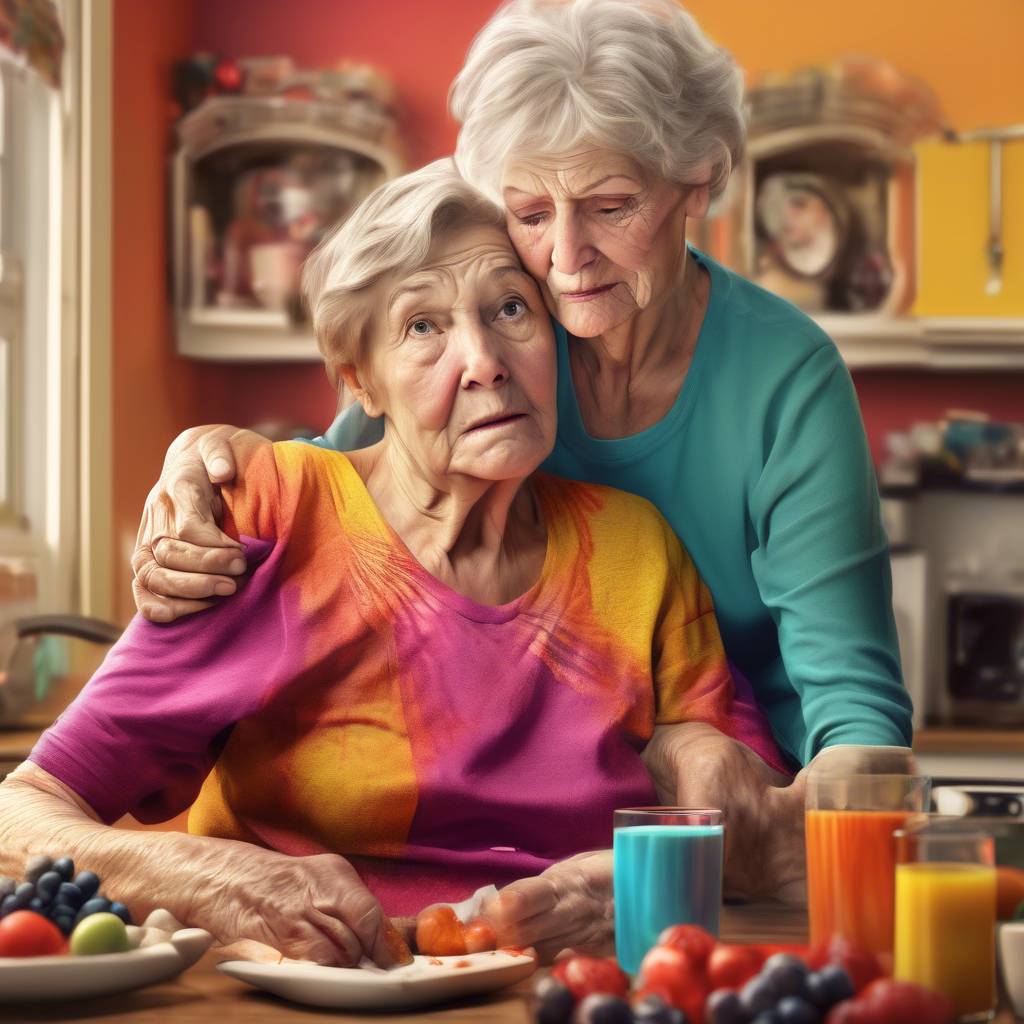The importance of independence for aging individuals is highlighted, with a focus on how chronic health conditions can gradually erode their ability to perform daily activities. The slow decline in physical ability may not always be obvious, making it challenging to determine when an elder needs assistance. Activities of Daily Living (ADLs) are commonly used to assess an individual’s ability to perform tasks such as walking, bathing, dressing, toileting, eating, and transferring from bed to chair and back. Two common areas of risk for aging individuals, walking and bathing, are discussed in detail.
The resistance towards using assistive devices such as walkers or canes for walking safety is highlighted, with a personal example illustrating the reluctance of an aging individual to accept help due to concerns about dependency. The importance of addressing safety concerns despite initial resistance is emphasized, with the role of family members in initiating discussions and encouraging acceptance of necessary assistive devices. In the case of bathing, the high risk of falls in the bathroom is discussed, with the lack of safety measures such as grab bars and non-slip surfaces contributing to the danger.
Suggestions for families on how to assess the safety of aging loved ones at home are provided, emphasizing the need for communication, observation, and proactivity. The importance of personal observations to accurately assess an elder’s ability to manage daily activities is stressed, with recommendations on how to approach the topic and potentially hire professional assistance for assessments. The role of chronic health conditions and medications in affecting balance and overall safety is highlighted, underscoring the need for close monitoring and intervention to prevent falls and accidents.
Practical steps for families to prevent falls and hospitalizations among aging individuals are outlined, including learning about the elder’s health conditions, medications, and any challenges in ADLs. The importance of personal observation or professional assessments in identifying safety risks is emphasized, along with the need to plan for and potentially finance home care services to ensure the safety and well-being of aging loved ones. The importance of respecting an elder’s wishes while prioritizing their safety is reiterated, with a focus on taking proactive measures to prevent accidents and maintain independence.









